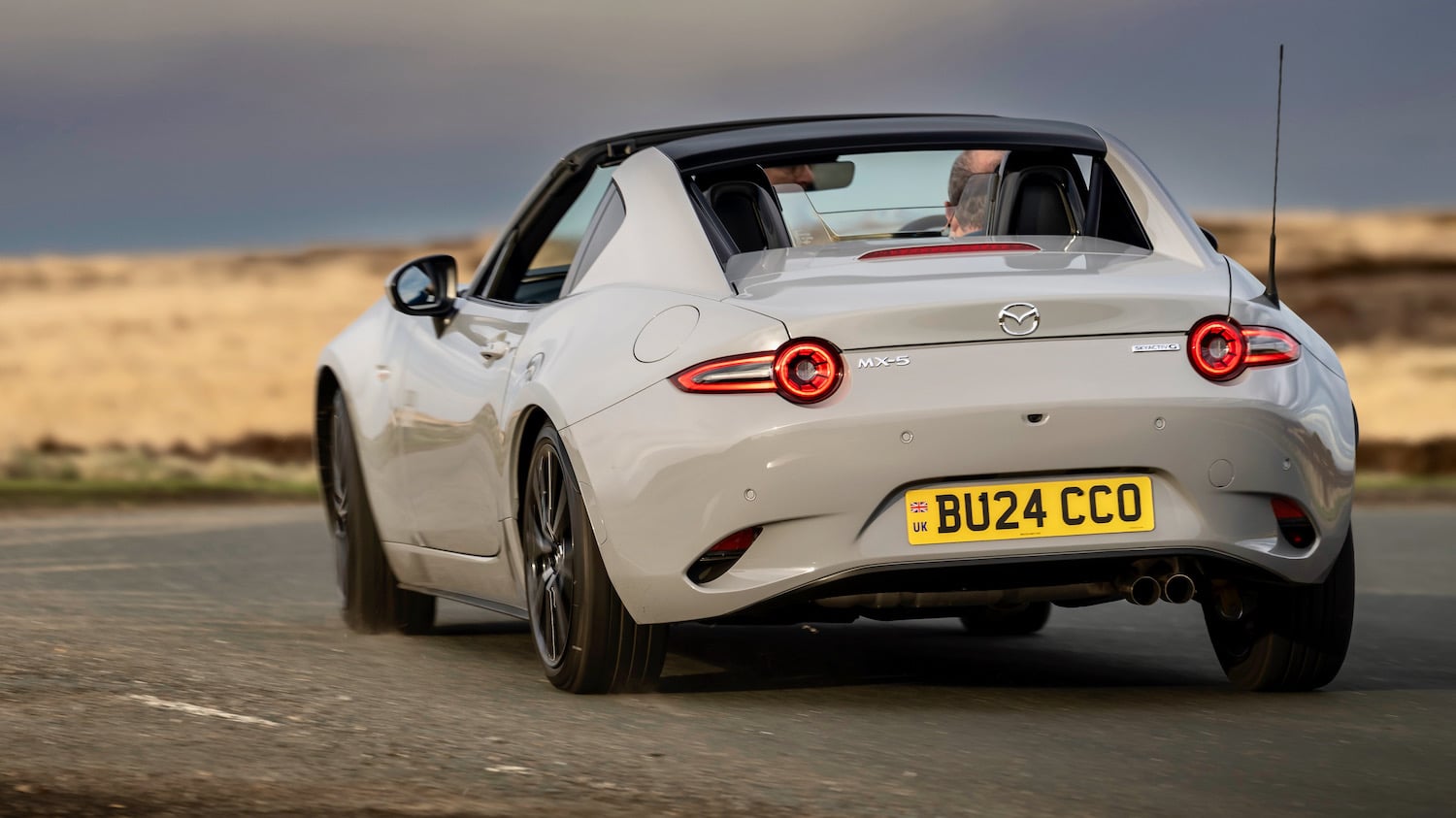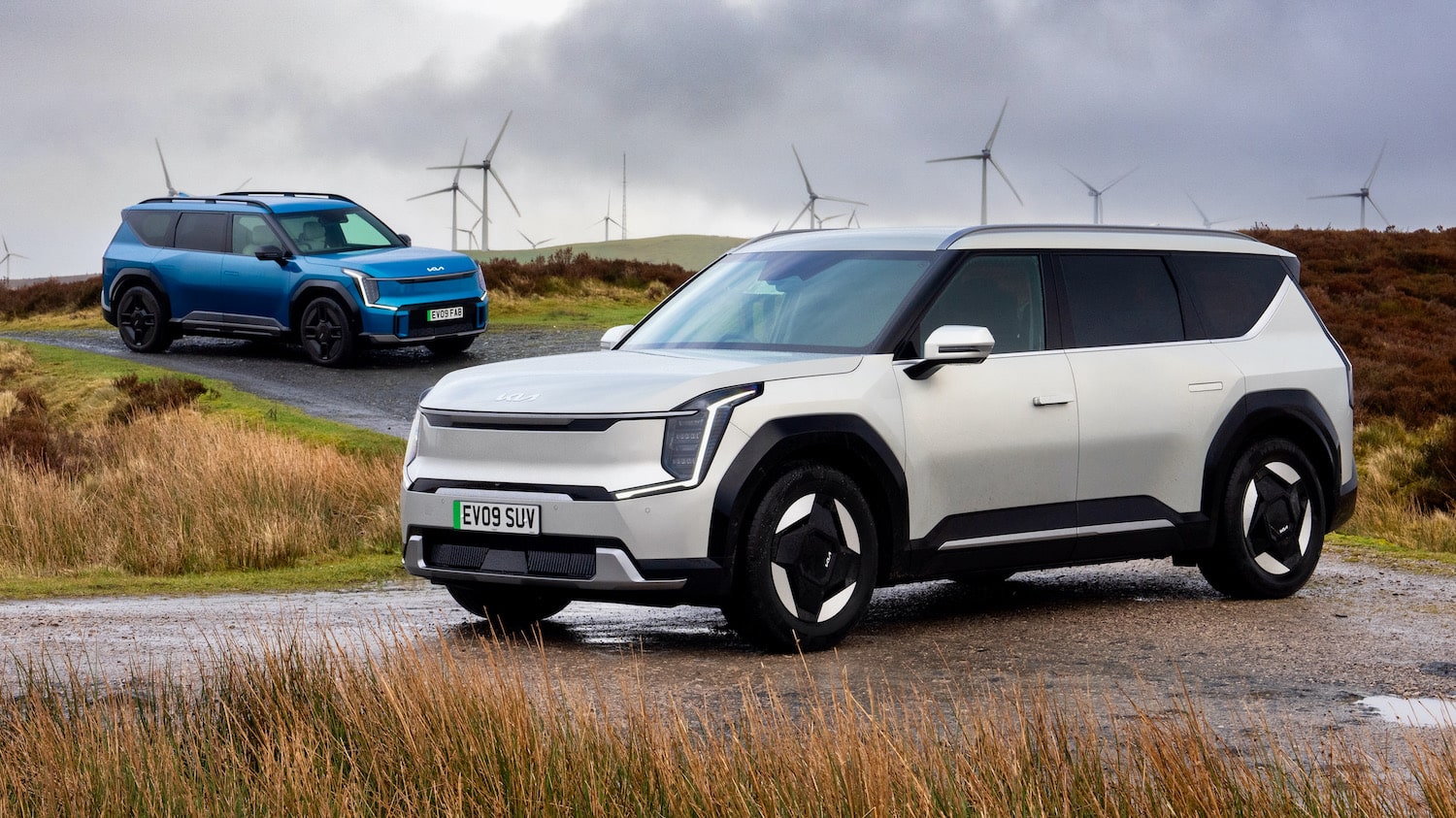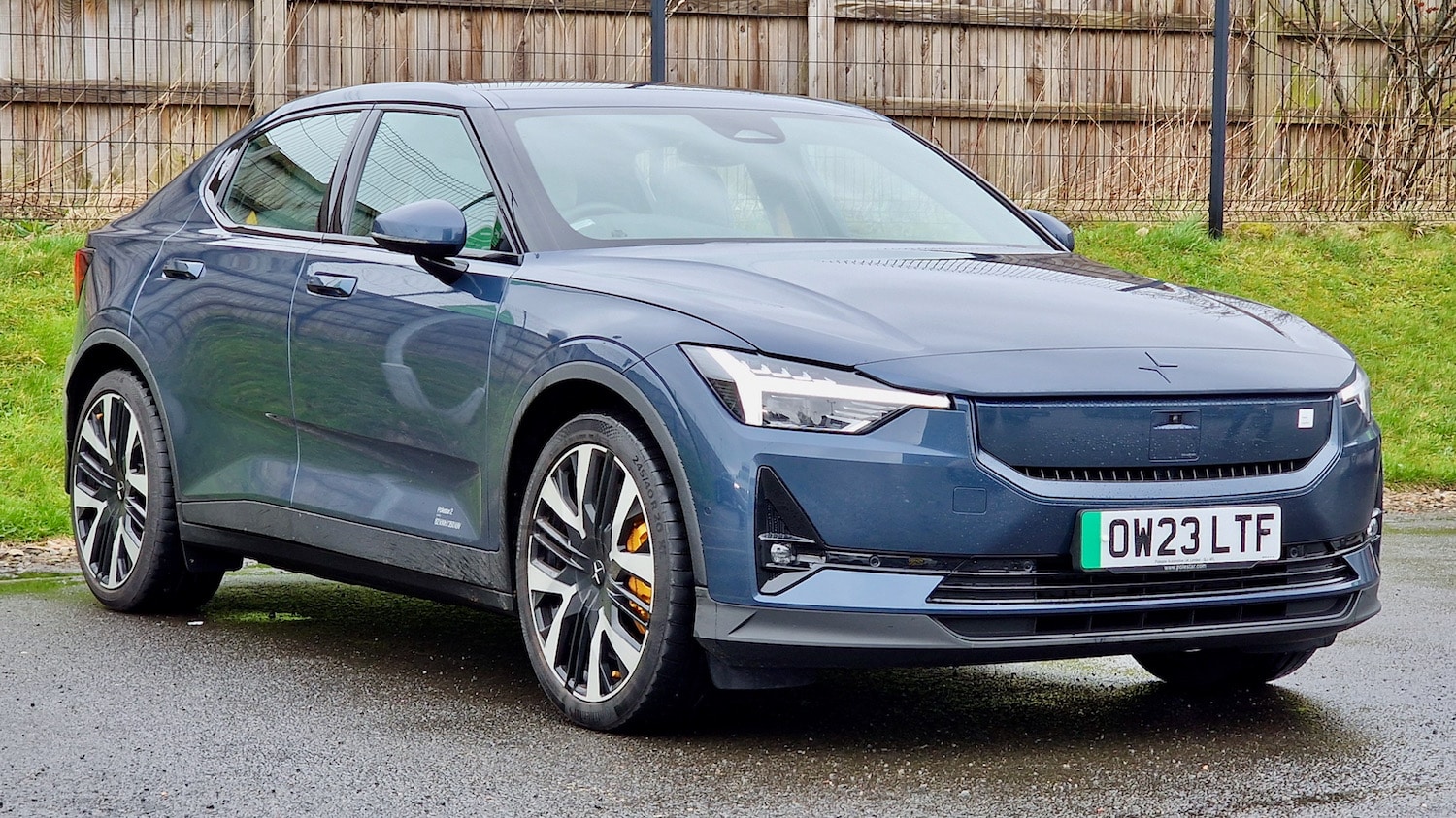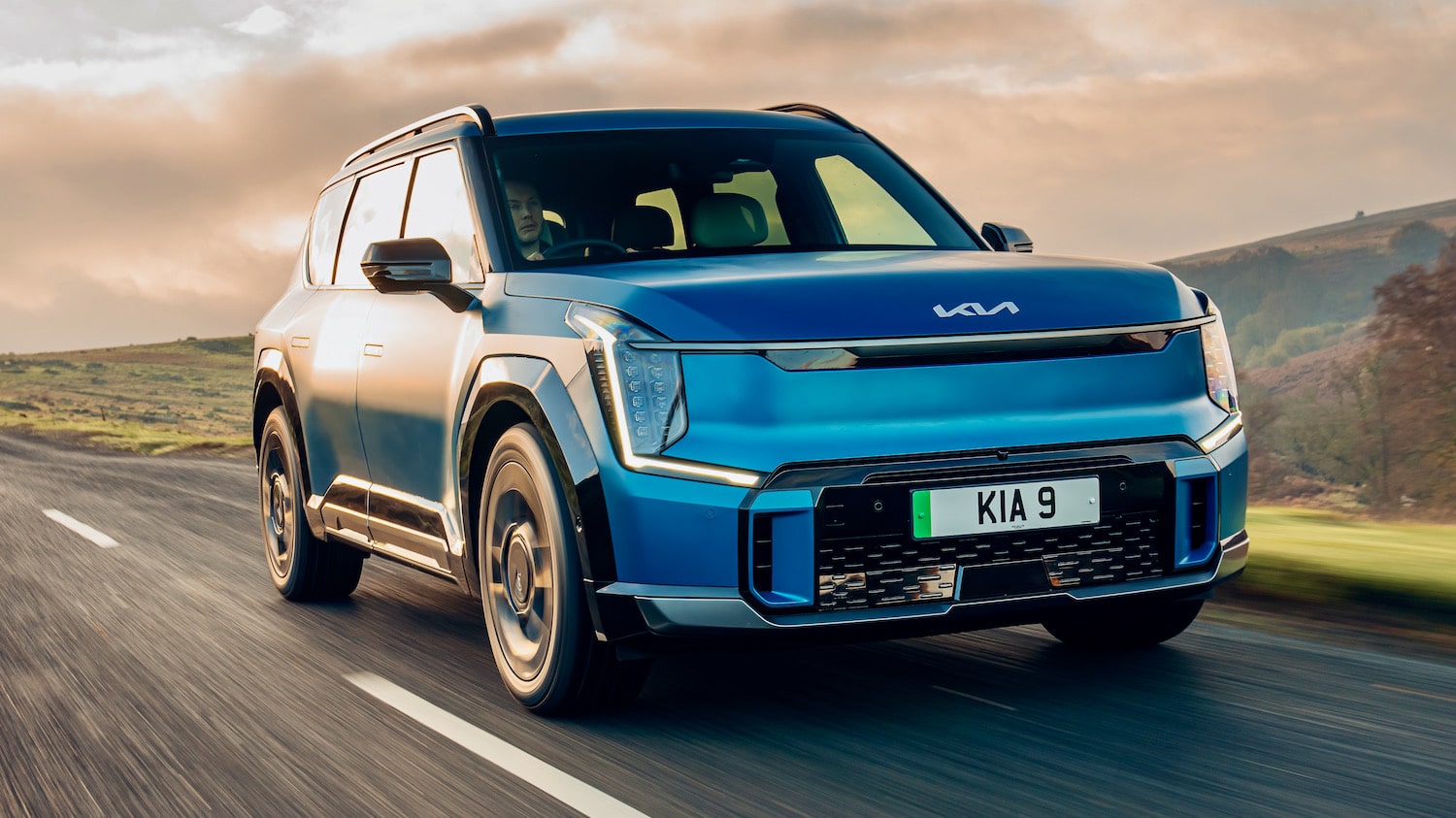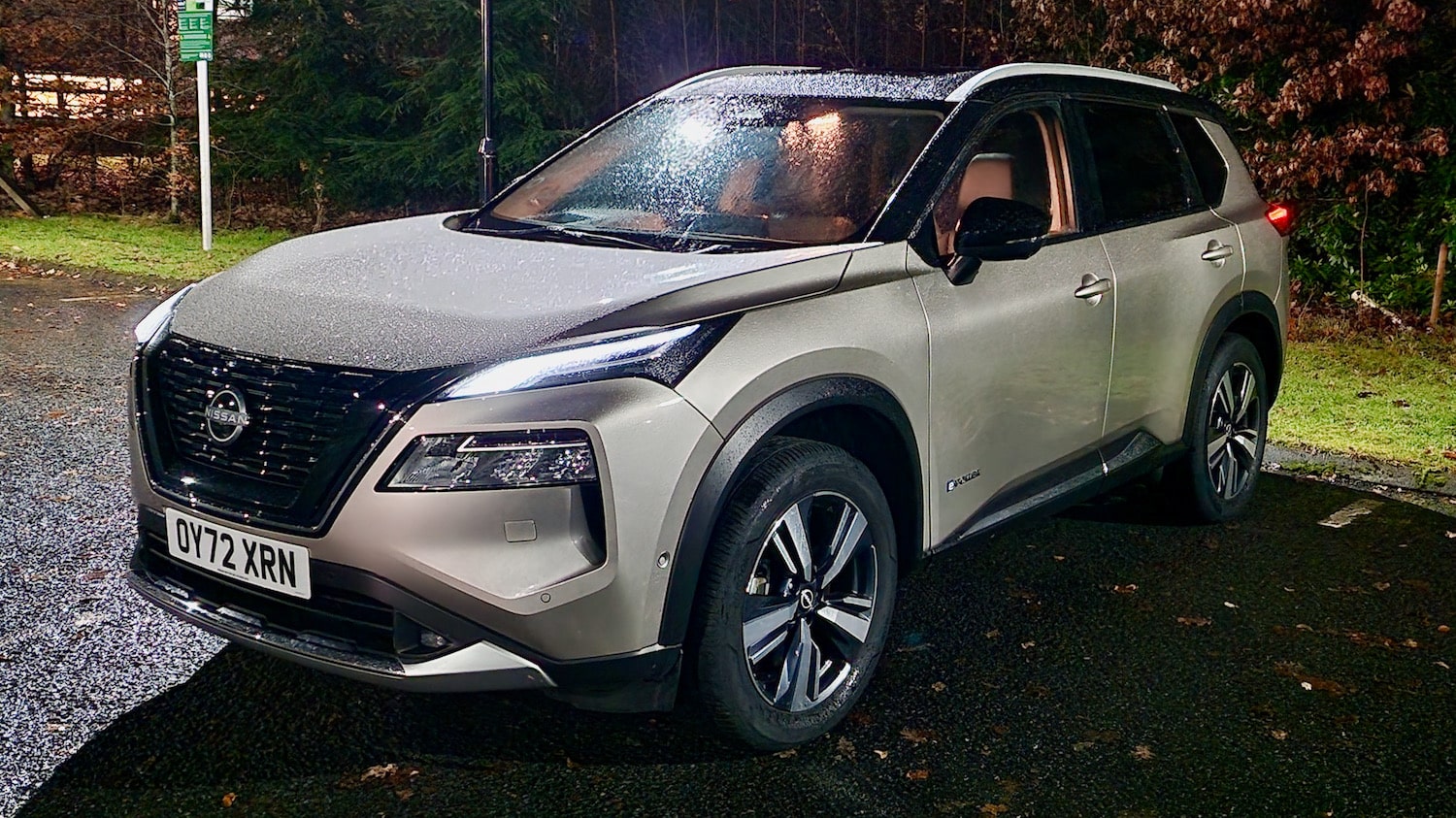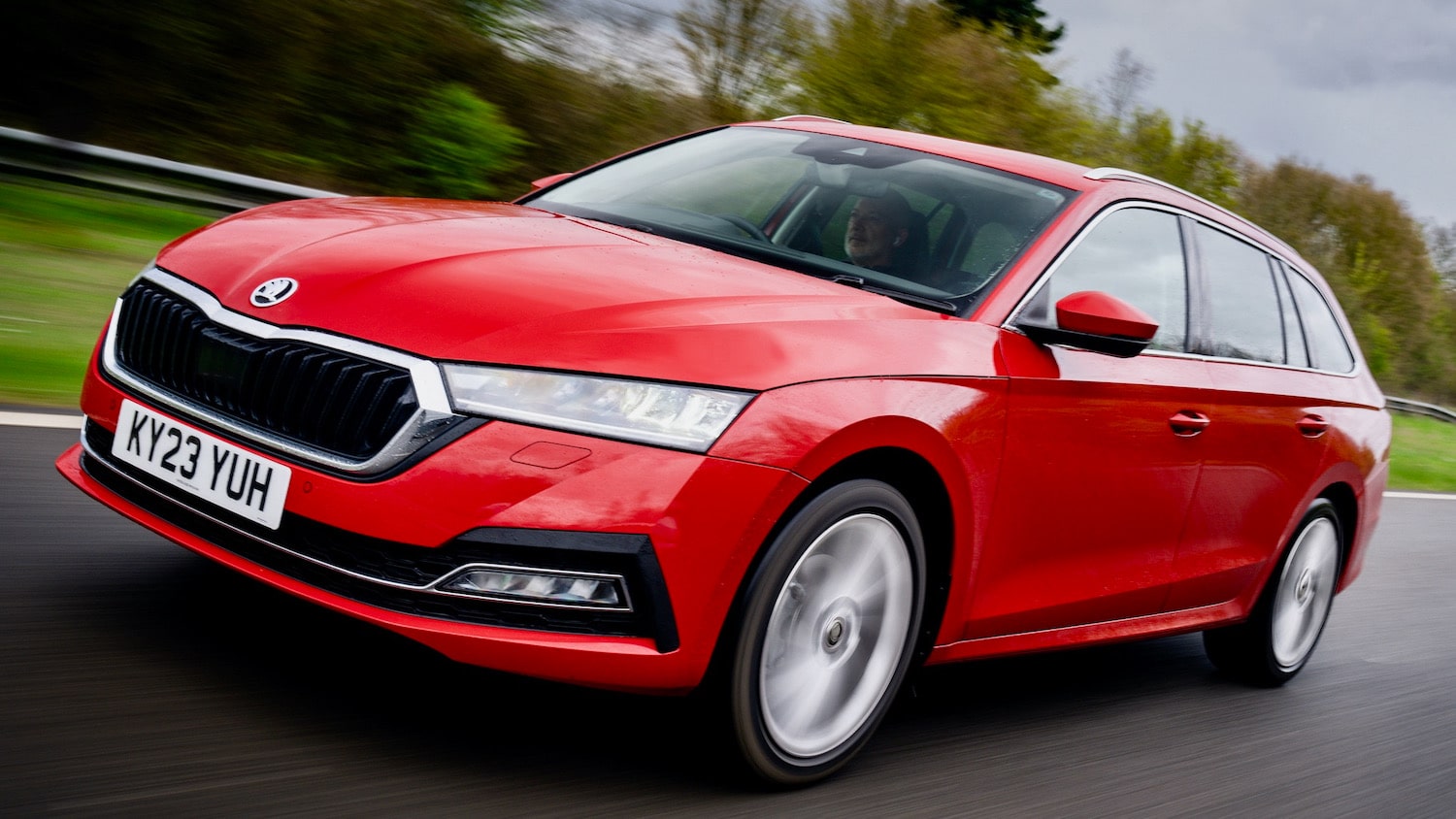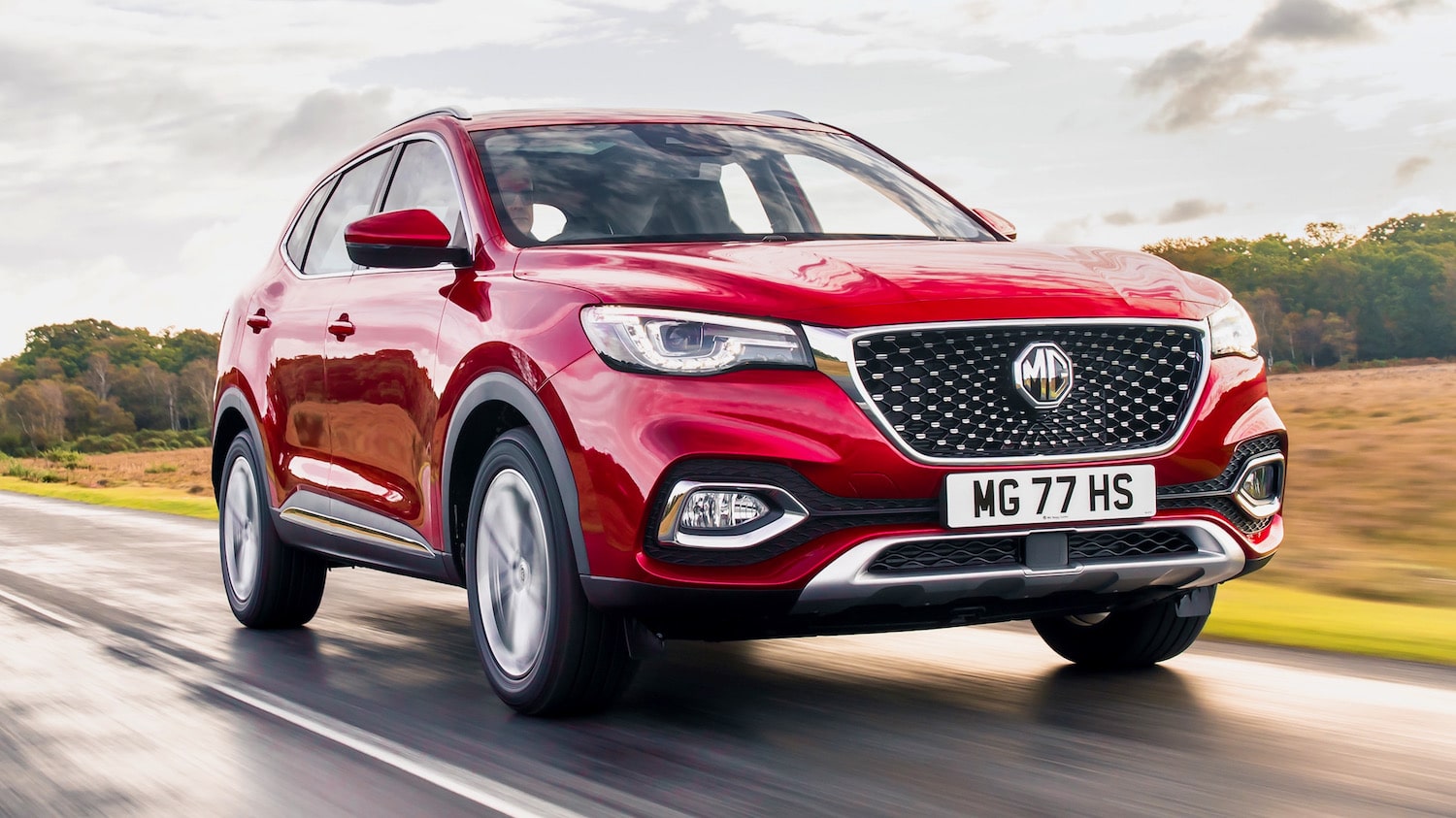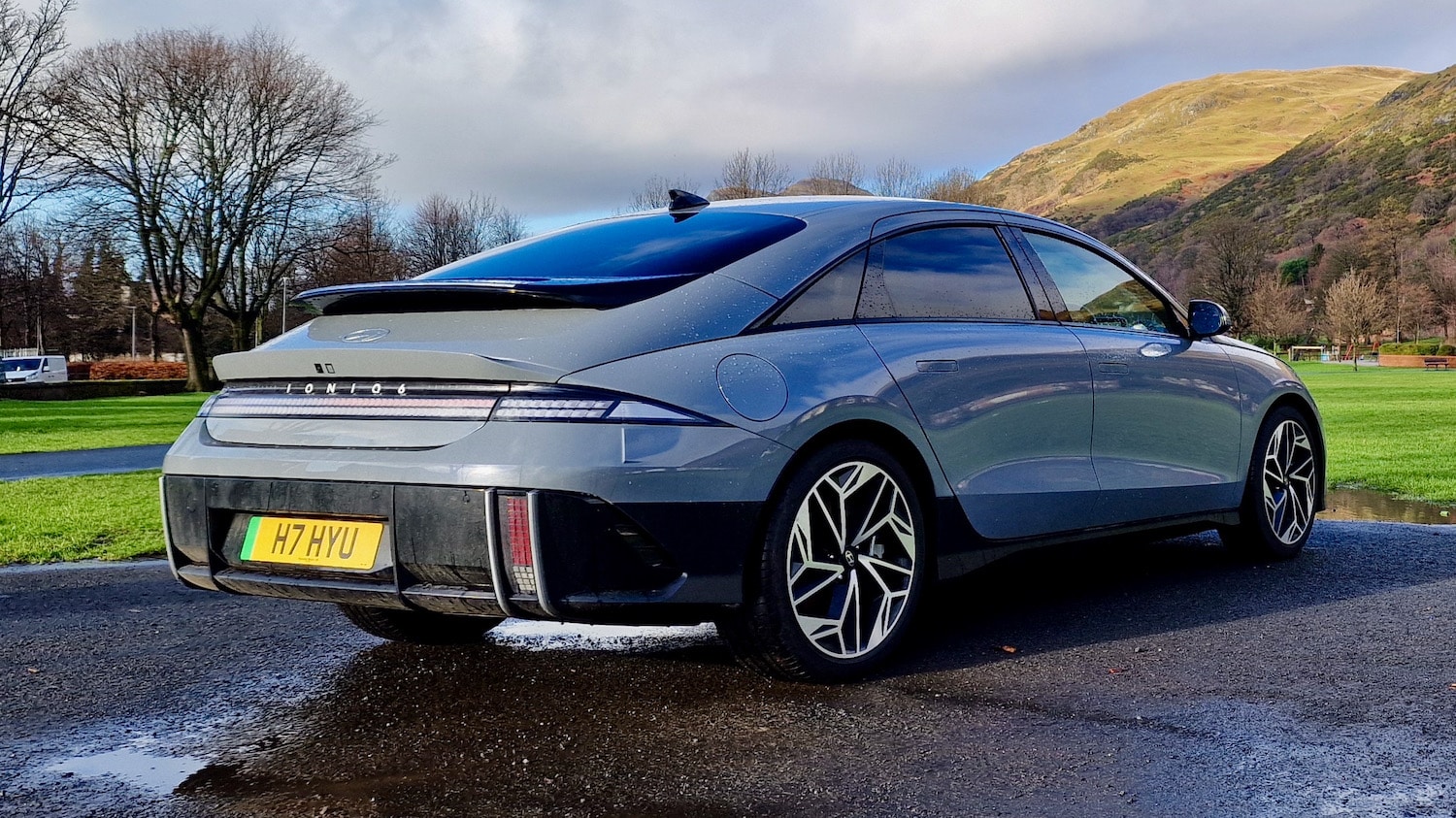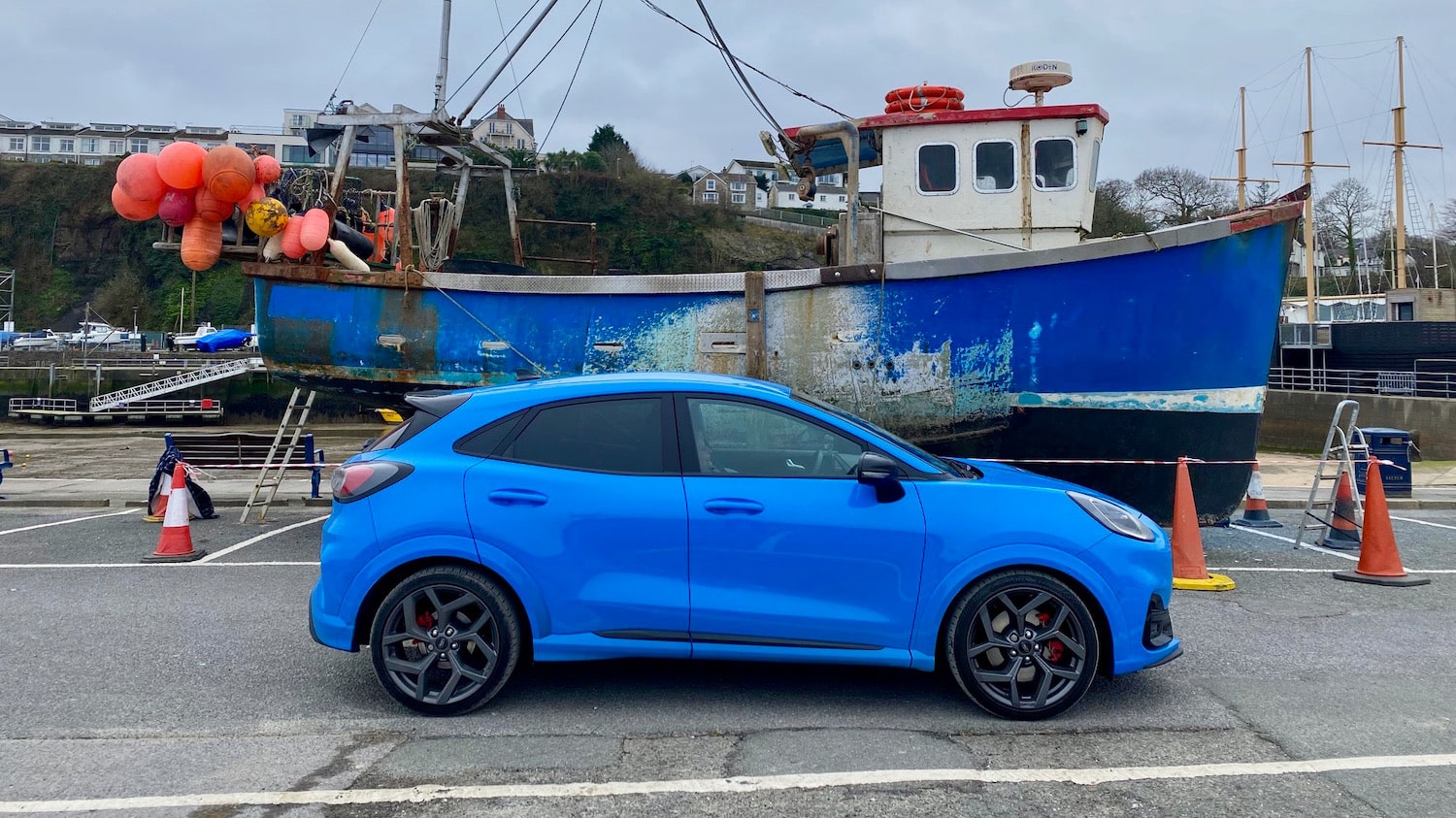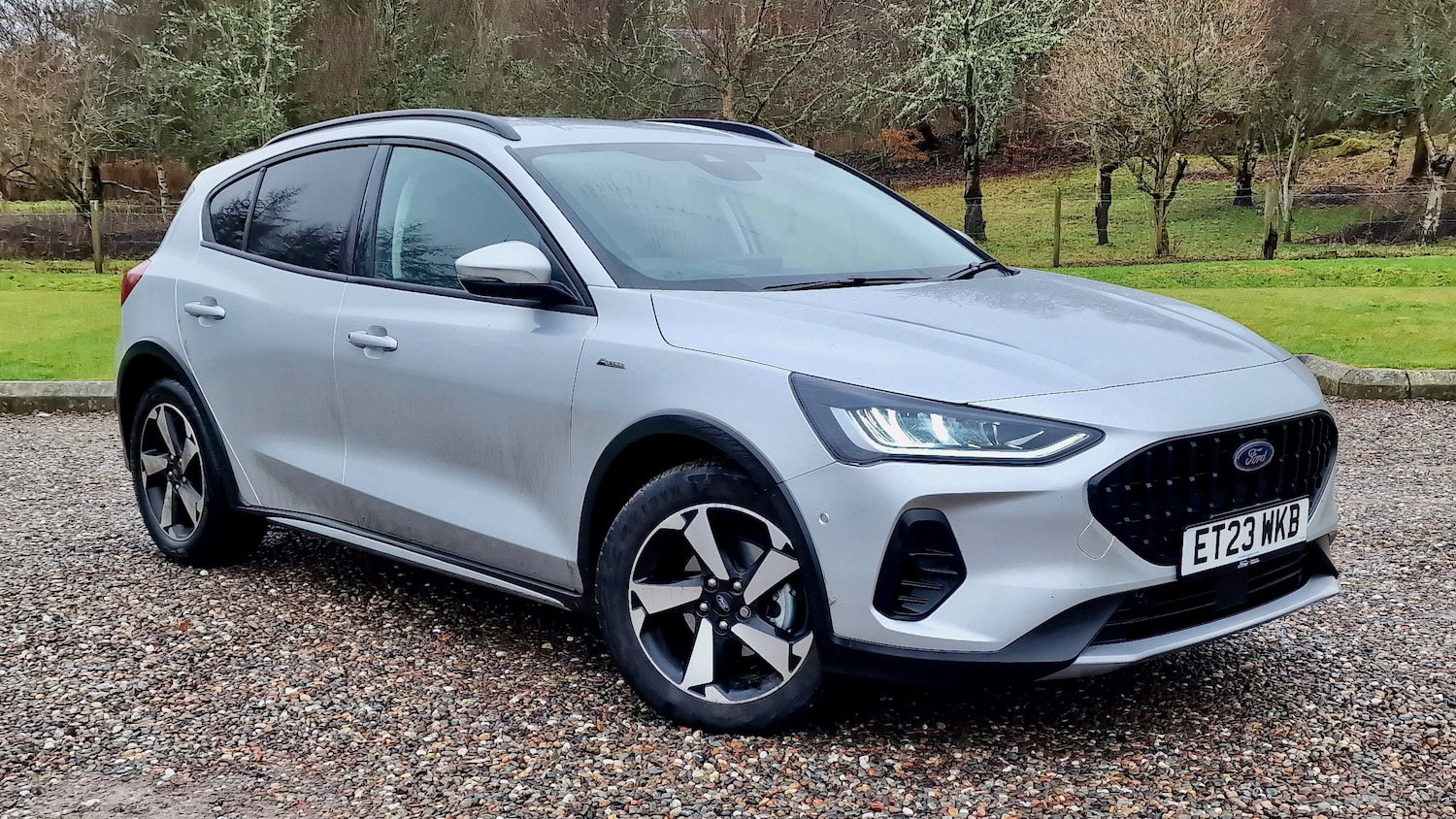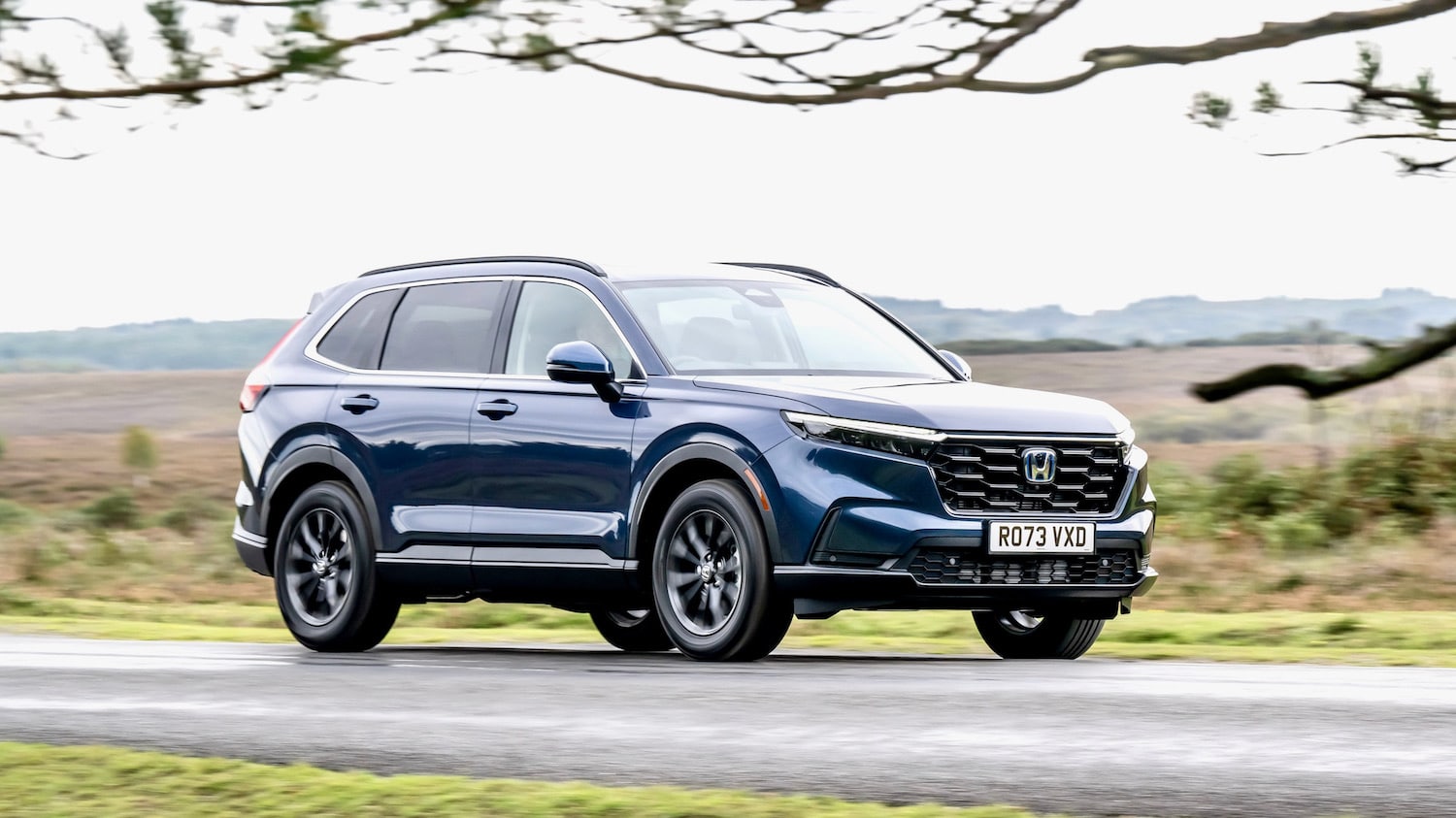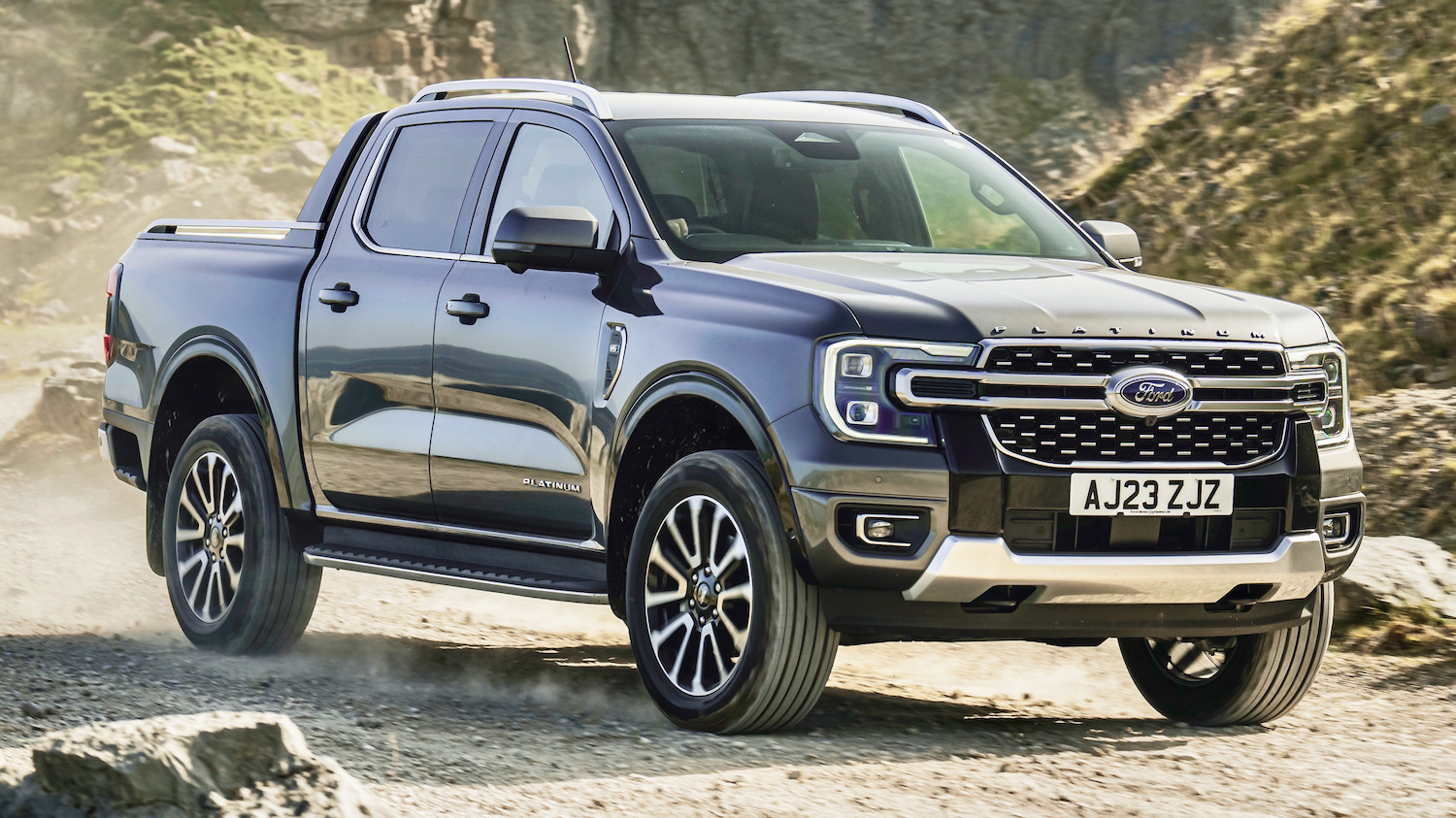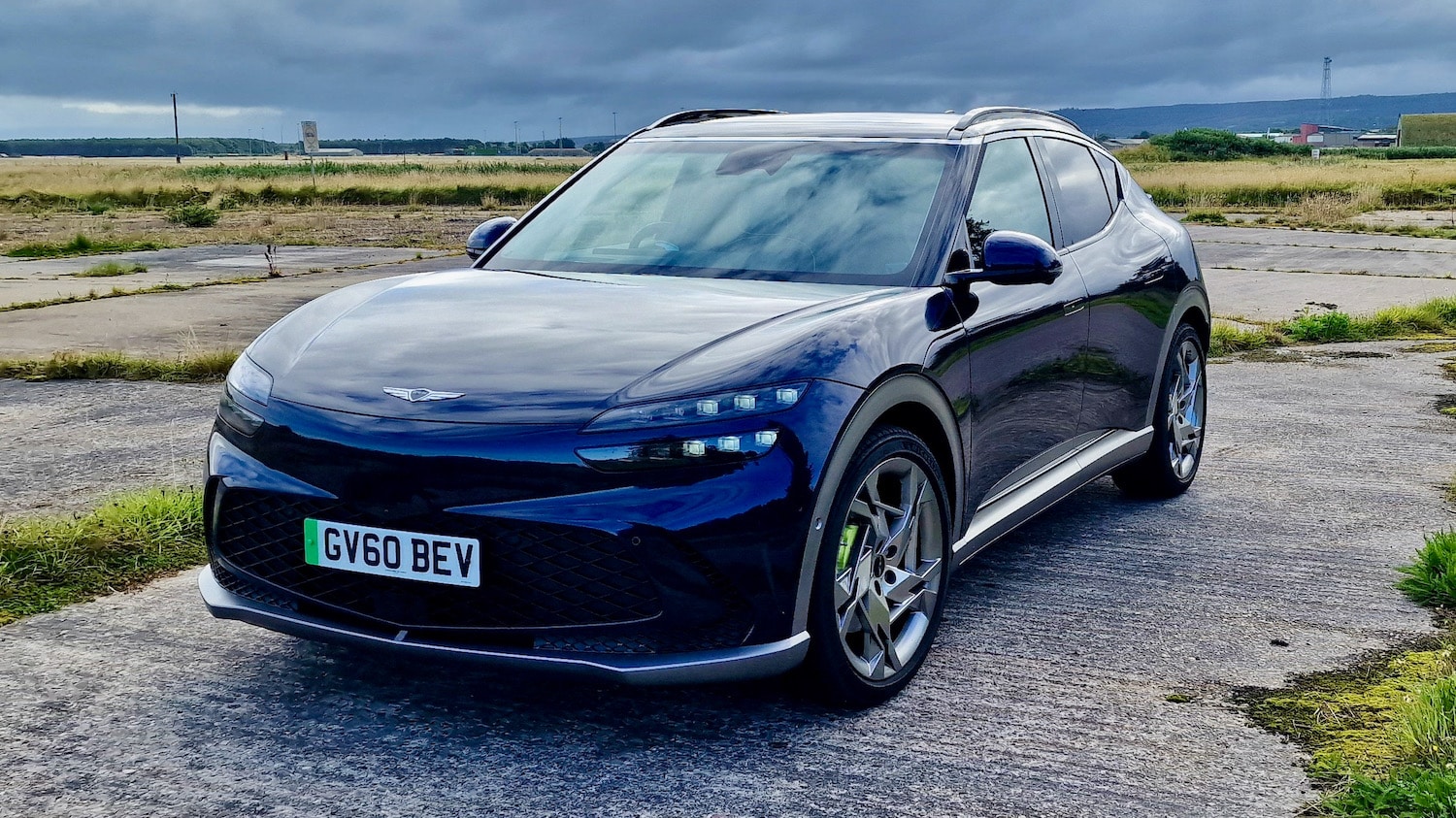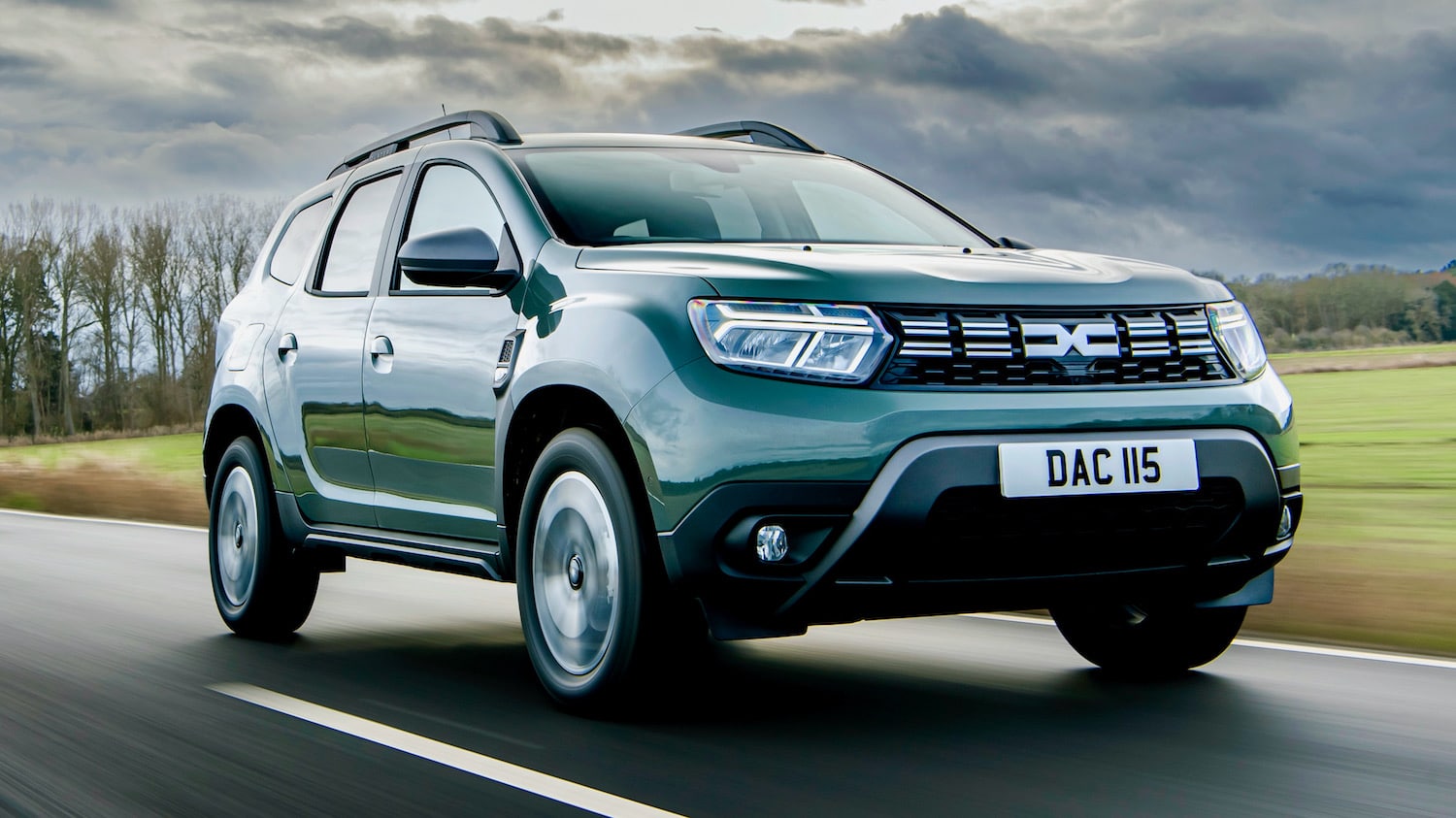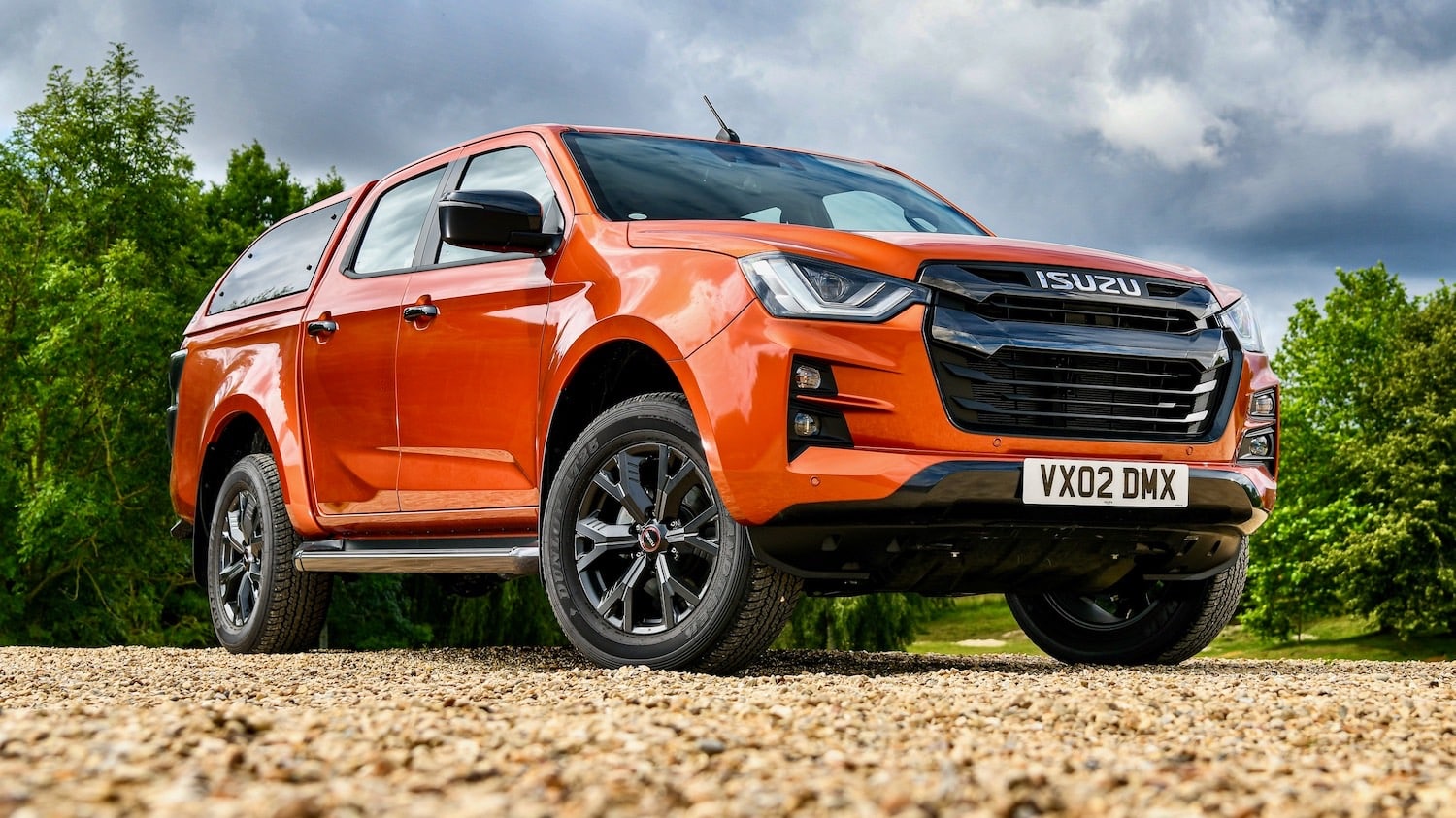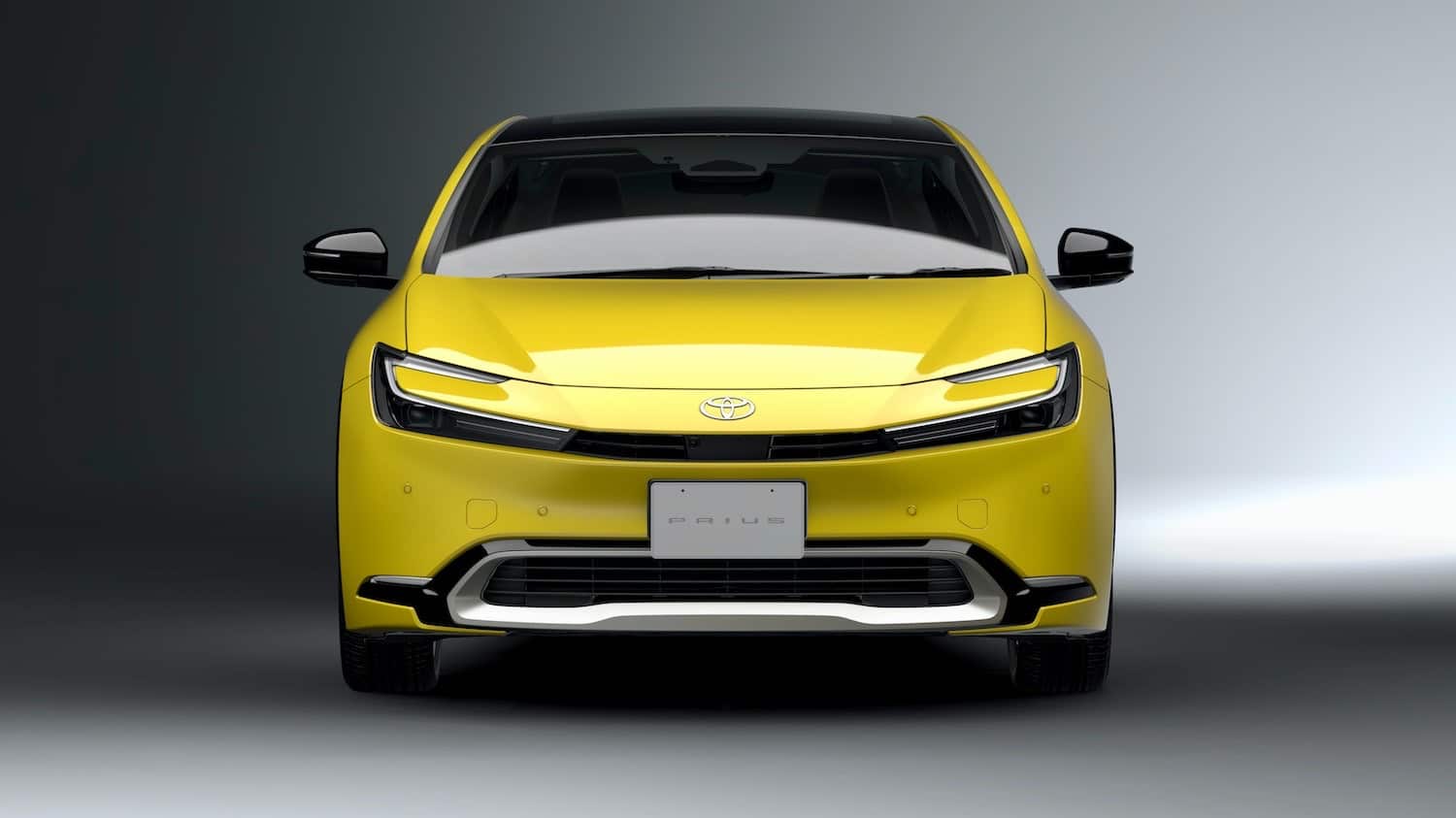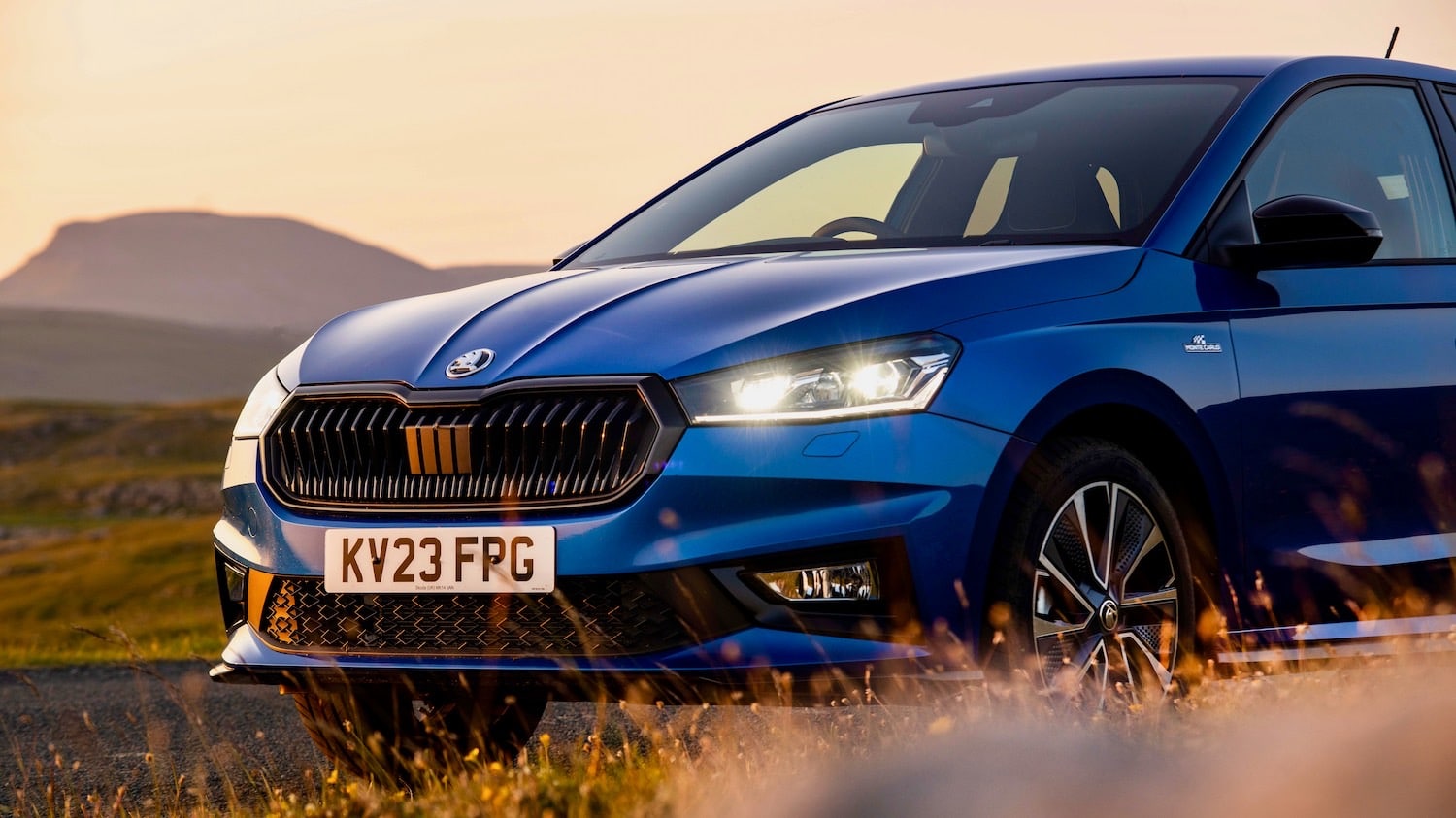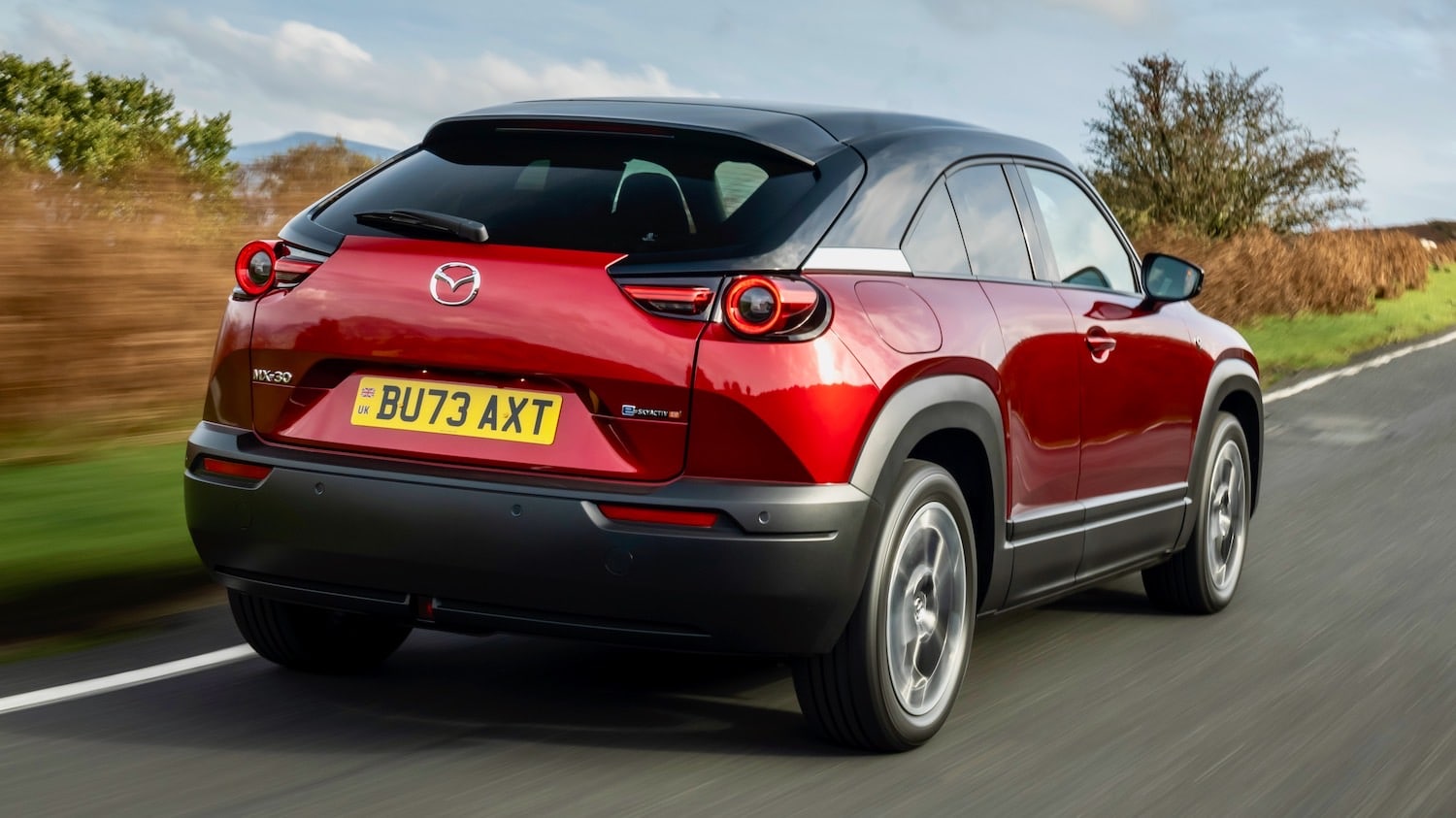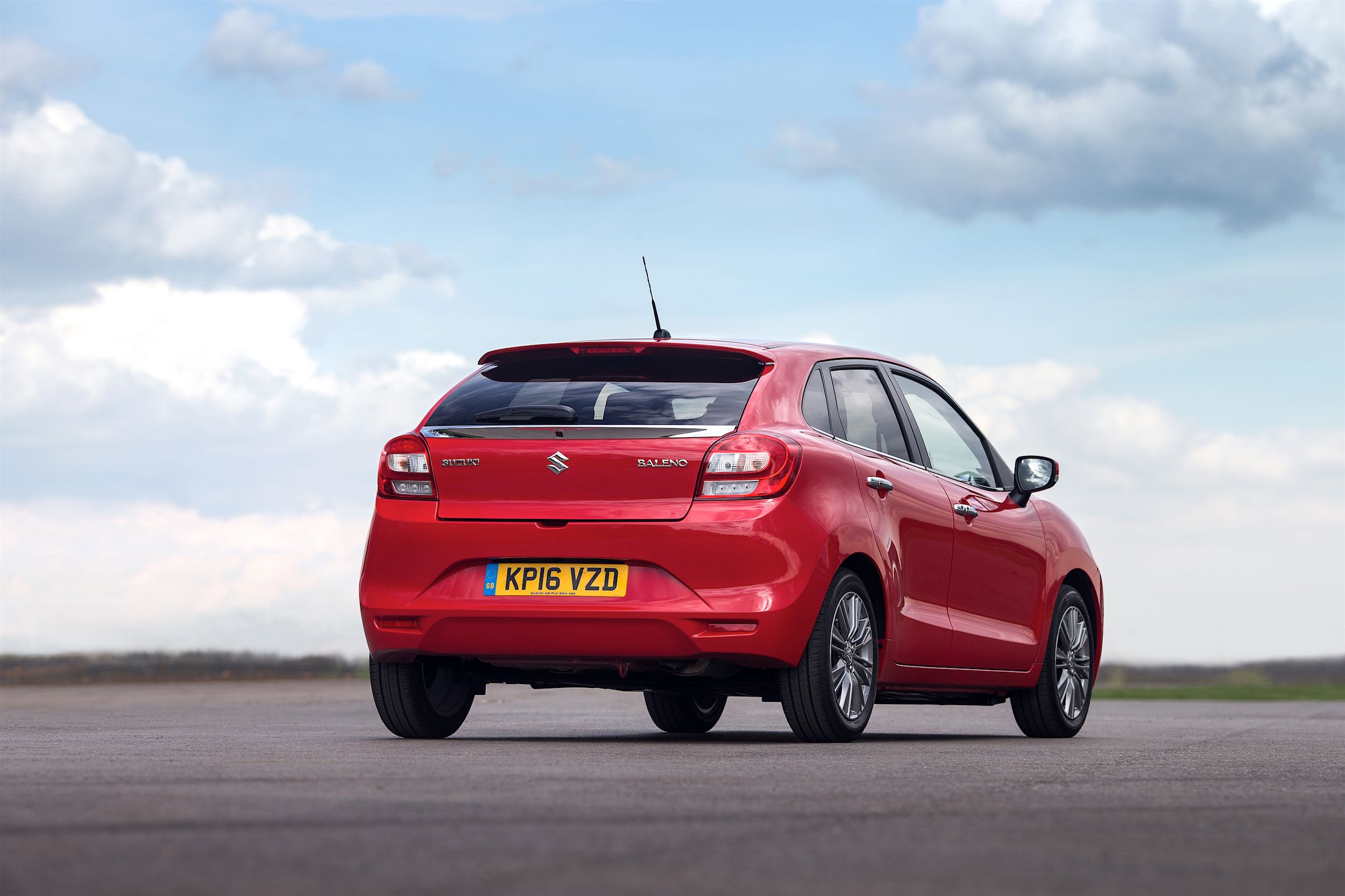A cyclist, moving slowly, wobbled out in front of us on a country road during the recent launch in Northern Ireland of the new Suzuki Baleno.



The narrow road wound uphill, with a blind left-handed corner at the top. As I steered round him, the cyclist lurched even further towards the white line in the middle.
At this slightly tricky moment, an alarm buzzed urgently inside the Baleno. My driving companion cursed the intervention, “as if we haven’t seen the problem”, he sighed.
But I thought it was completely OK. The alarm underlined that we were encountering a genuine hazard that demanded full attention. The Baleno’s sensors weren’t making a fuss about nothing, like some nannyish warning systems. And, more to the point, this worthwhile accessory is a standard fitment in the new Baleno, like much that makes this new supermini worth a very serious look for anybody in the market a for a supermini (Fiesta/Polo class).
Intelligent value for money is the hallmark of this car. Where other manufacturers fleece the customer by posting an initial price that bears no relation to the amount of money you will actually have to pay to equip the car (with such fancies as wheels and paint), Suzuki’s approach to the Baleno is to name a final price which includes everything you will need.
Even the £12999 SZ-T entry version is fitted with sat-nav, a 7.0in infotainment screen, a reversing camera, electric front windows, DAB radio, Bluetooth and 16in alloy wheels. The top-spec £13999 SZ5 version comes with adaptive cruise control, city braking with forward alert, climate control and all-round electric windows.
Suzuki’s approach to the Baleno is to name a final price which includes everything you will need.Suzuki is taking a chance on the intelligence of the customer to work through the price comparisons on the market and see that, as a matter of fact, the Baleno is a good bargain. Given that more than 80% of Balenos will be sold to private owners, there must be a high probability that they will master that simple exercise in good sense and frugality.
The leading attraction of the new Baleno is not, however, its value for money. Surprisingly, it is a three-cylinder, one-litre engine which makes this car most memorable.
Most little three-pots – like those in VW’s Up! or Kia’s Picanto, are endearing chiefly for their burbly, raspy engine notes and their frugality with fuel. The 111 PS 1.0-litre Boosterjet option in the Baleno adds something special: it goes like a firecracker.
A tiny turbo the size of a flowerpot acts, effectively, as an overbooster to give this supermini genuine overtaking oomph. It will rev freely from 2000rpm up to 5000 rpm, after which, with only five gears in the manual gearbox, it begins to resist the thrashing. At that point, the road and wind noise inside the cabin makes civilised conversation slightly strained but on the way, the car is delightful to drive, with subtle, pliable ride and sharp handling.
Much of this pleasure is down to a new lightweight platform which, at 905kg, is more than 200kg less than a Fiesta. The Baleno may not, overall, be a match for the Fiesta but in some key areas, it outshines everything in the supermini class.
One of those is interior capacity. At over 6’, I can comfortably sit in the three-seater back seat when the front seat has also been set to accommodate me. You can’t say that for many superminis. Neither would you find in them the voluminous 355 litres of luggage space under the Baleno’s rear hatch, including a concealed compartment for all those Krugerrands you insist on lugging around.
Suzuki has never glittered in the design firmament and the Baleno firmly continues in this tradition. Its five-door hatchback body eschews any interest in appearances and its interior will have nothing to do with fripperies. One more inch of bleak black plastic and you might start to think they didn’t care. The instrument panel display is as basic and undecorated as the current efforts from Jaguar Land-Rover, though JLR doesn’t have Suzuki’s excuse that they never said they weren’t interested in such nonsense.
It took my driving companion three hours to notice that the rear end carried a modest top spoiler. Somehow, that seemed entirely fitting for a car that makes no effort to draw attention to itself.
Suzuki is perfectly content with the value for money that this car offers and the excellence of its engineering. And I for one wholeheartedly endorse that approach.
For heavens sake don’t try Suzuki’s new Baleno with the Boosterjet 3-cylinder engine…that is, if you’re thinking of a different new Baleno, the SHVS.
As Neil Lyndon says in his report on the Boosterjet, the engine endows the car with a really sporty feel.
Performance wise the 90 PS Baleno SHVS is relatively-dull. It feels a totally different animal under its accelerator pedal. SHVS stands for Smart Hybrid Vehicle by Suzuki and is what they call a ‘mild hybrid.’
Suzuki appears to be tipping its toe in the hybrid car waters. The SHVS is possibly a way to help them set out to a full hybrid in about three years’ time.You Green voters: just don’t get too excited by this, because the electric power bit is there only on special occasions – like starting up, for example, once the engine has already warmed after a cold start by a conventional starter motor. The car has an ‘idle stop’ feature, which is another of the systems provided by the ISG (Integrated Starter Generator) via a lithium-ion battery that’s placed under the passenger seat. This unit, weighing only 6.2 kilos, stores energy from regenerative braking; this braking also keeps the conventional 12-volt battery charged up. Got all that?
There’s more: the energy assistance during acceleration that takes some of the strain of the 4-cylinder, 1.2-litre petrol engine, helps to give the SHVS Baleno an official combined cycle consumption of 70.6 mpg and an emission figure of 94 g/km, so no road tax to pay.
The instrument panel adds in an energy flow graphic. While these diagrams do offer something a feel-good factor, as you see re-charging going on as your foot touches the brake pedal, they can be a bit distracting. (So, too, can be the g-force graphic, interesting though it is.)
Buying this car rather than the great fun Boosterjet is, therefore, for those who simply want better economy and emissions and care hardly a jot about straight-line performance. To be fair, it’s not bad, in fact, for a little car. To help get the optimum efficient performance out of the mild hybrid, it has slightly different gear ratios (manual five-speed only in this car), and zero to 62 mph comes up in 12.3 seconds if you really put your foot down. Top speed is 111 mph, apparently, but I did not test this driving around Lough Neagh in Northern Ireland!
The SHVS, at £13,499 for the top-spec SZ-5 version, is £500 more than the Boosterjet, so you pay for your eco-friendliness. However, service intervals are 3000 miles better than the Boosterjet, at 12,000-miles.
Suzuki appears to be tipping its toe in the hybrid car waters. The SHVS is possibly a way to help them set out to a full hybrid in about three years’ time.

2016 Suzuki Baleno 1.0 SZ5 5DR BOOSTERJET Manual
On the road £13,999
PROS AND CONS: Value for money √ Well Specced √ Performance √ Design X Too many black plastics X
FAST FACTS: Max speed: 124 mph, 0-62 mph: 11.4 secs, Combined mpg: 62.8
Engine layout: 3 cylinder 1.0-litre petrol, 5-speed manual, Maximum power 112hp, Maximum torque 170Nm, CO2 105 g/km
2016 Suzuki Baleno 1.2 SZ5 5DR SHVS Manual
On the road £13,499
PROS AND CONS: Value for Money √ long time between services √ Economy and Emissions √ Dull to drive X
FAST FACTS: Max speed: 112 mph, 0-62 mph: 12.3 secs, Combined mpg: 70.6
Engine layout: 4 cylinder 1242cc petrol, 5-speed manual, Maximum power 90hp, Maximum torque 120Nm, CO2 94 g/km
No items found, please search again.
